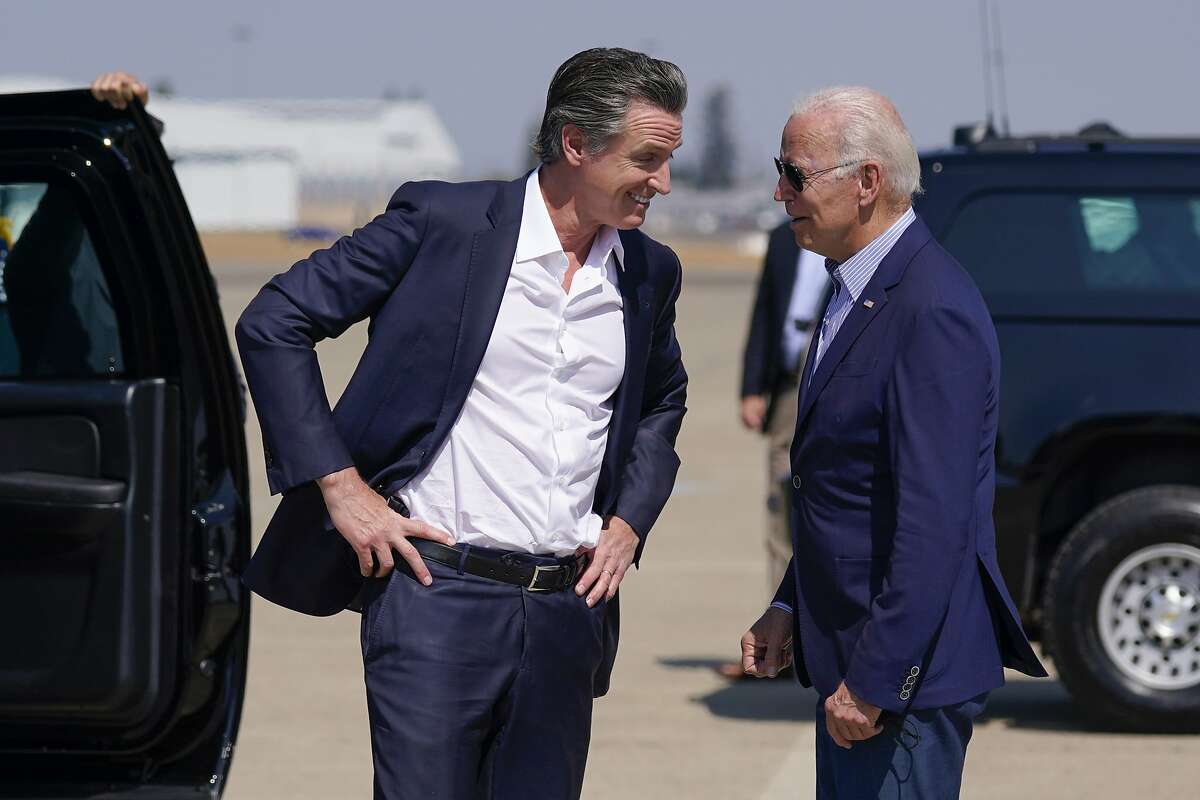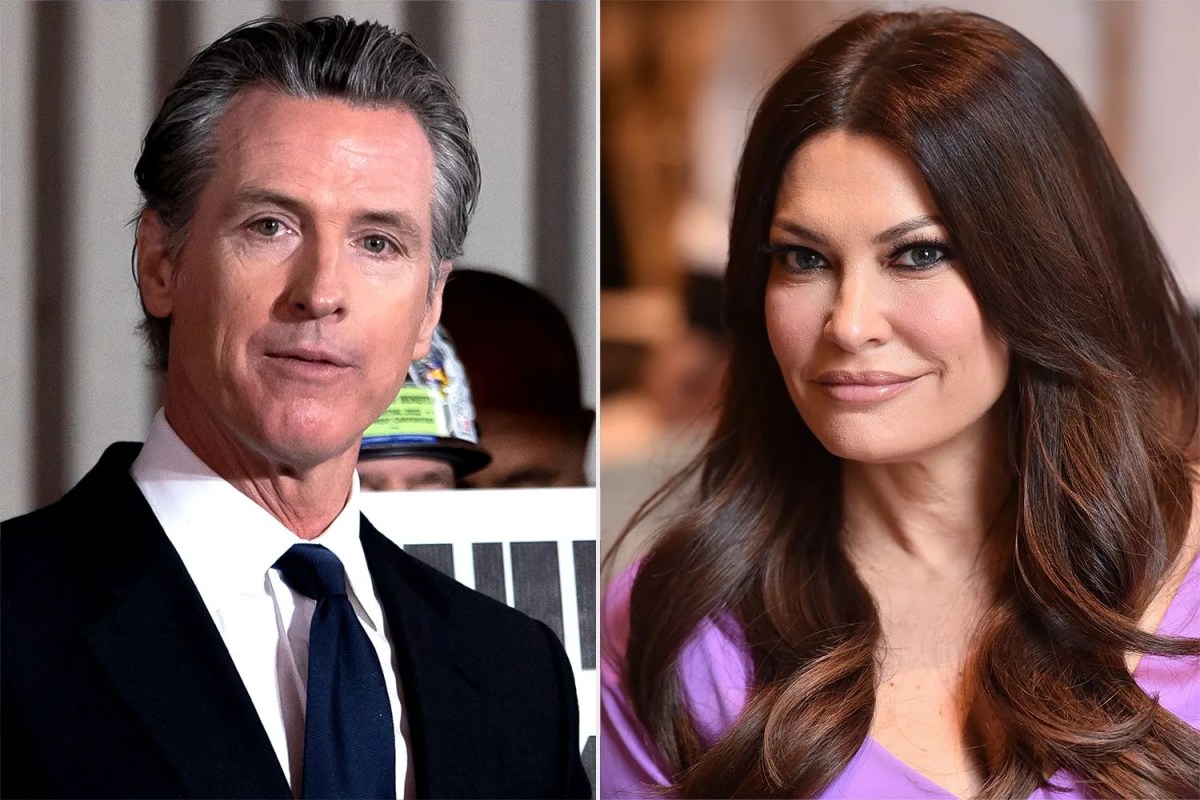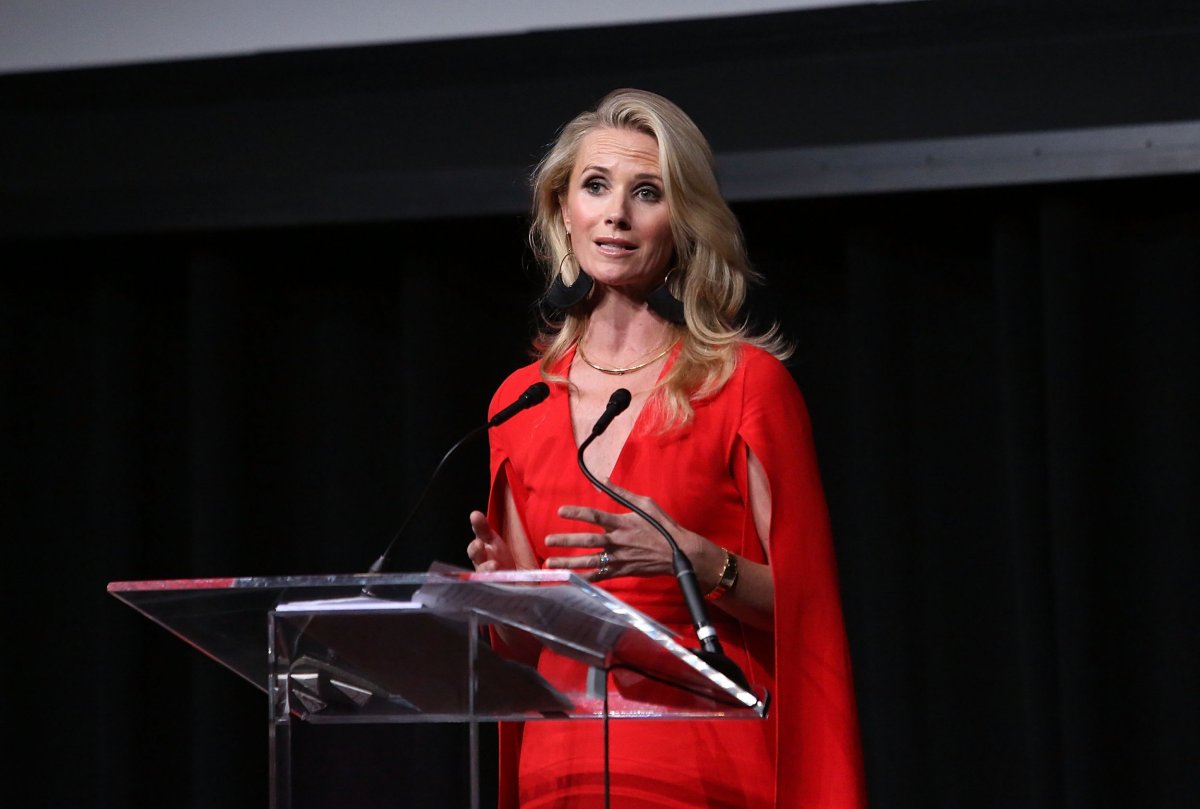Gov. Newsom responds to Trump blaming him for wildfires | CNN. The headline speaks for itself: a high-stakes political clash ignited by California’s devastating wildfires. This article delves into Governor Newsom’s direct response to former President Trump’s accusations, examining the evidence presented (or lack thereof) by both sides. We’ll explore the political ramifications of this public spat, analyze the differing wildfire management strategies, and gauge the public’s reaction to this fiery exchange.
The ongoing debate highlights the complex interplay between state and federal responsibilities in disaster management, particularly in the face of climate change-exacerbated wildfires. We’ll analyze Newsom’s communication strategy, comparing his current statements to his past responses on the same topic. Ultimately, this analysis aims to provide a clear and unbiased understanding of the arguments and their potential consequences.
Newsom’s Rebuttal to Trump’s Wildfire Blame
California Governor Gavin Newsom’s recent exchange with former President Donald Trump over wildfire responsibility highlights a long-standing debate about the causes and management of these devastating events. Trump’s accusations sparked a strong response from Newsom, renewing a contentious political narrative around environmental policy and federal-state relations.
Newsom’s Response: Direct Quotations and Analysis
Newsom directly countered Trump’s claims, emphasizing the complexities of wildfire management and rejecting the simplistic attribution of blame. His response incorporated both direct refutation of specific points and broader statements regarding California’s proactive wildfire mitigation efforts. A comparison with his previous statements on the issue reveals a consistent emphasis on the need for a multi-faceted approach involving proactive forest management, climate change mitigation, and federal-state cooperation.
His tone was firm but measured, aiming to present a factual counter-narrative to Trump’s more inflammatory rhetoric.
So, Gov. Newsom’s got Trump on his case about the wildfires, a pretty heated exchange, right? It’s a whole different kind of fire than what you’ll see discussed in the Red Raiders in the NFL: Week 18 – Texas Tech Red Raiders article, though. That’s about football, not flames. Anyway, back to Newsom – he’s definitely not backing down from this political wildfire.
| Newsom’s Statement | Trump’s Accusation | Supporting Evidence for Newsom | Supporting Evidence for Trump |
|---|---|---|---|
| “California has invested billions in forest management and wildfire prevention.” | “Newsom’s mismanagement of forests caused the wildfires.” | Data on California’s wildfire prevention budget and programs, including forest thinning projects and prescribed burns. | Anecdotal evidence of specific wildfires and claims of inadequate forest management practices, often lacking specific data or context. |
| “Climate change is a major factor in increasing wildfire intensity and frequency.” | “Newsom is ignoring the problem and not doing enough.” | Scientific consensus on the link between climate change and increased wildfire risk, including studies on rising temperatures and drought conditions. | Claims of insufficient funding or action by the state government, often lacking specific data or comparison to other states’ efforts. |
| “We need strong federal-state partnerships to effectively combat wildfires.” | “Newsom is solely responsible for California’s wildfire problem.” | Examples of successful federal-state collaborations on wildfire response and prevention efforts in other states. | General statements about state government failures without detailed analysis of specific policies or their effectiveness. |
Trump’s Accusations: Context and Evidence, Gov. Newsom responds to Trump blaming him for wildfires | CNN

Trump repeatedly blamed Newsom for California’s wildfires, often using strong language and simplifying complex issues. His accusations generally lacked specific evidence and frequently conflated forest management with broader issues of state governance. These accusations have been a recurring theme in his public statements over several years, often appearing alongside broader criticisms of California’s environmental policies and Democratic governance.
A chronological analysis of his statements would reveal a consistent pattern of blaming Newsom and the state government while downplaying the role of climate change and the federal government’s responsibilities.
So, Gov. Newsom’s battling Trump’s wildfire blame game, right? It’s a huge political firestorm, but meanwhile, check out this local story: Studio City House Fire Puts an L.A. Neighborhood on Edge – it shows how fire threats impact Californians on a smaller, more immediate level. This highlights the real-world consequences of fire risks, regardless of the political squabbling over who’s responsible.
It makes you think about the broader context of Newsom’s response to Trump’s accusations.
Wildfire Management Policies in California

California employs a multi-pronged approach to wildfire management, combining preventative measures with responsive strategies. These policies encompass forest thinning, prescribed burns, community risk reduction programs, and improved early warning systems. Compared to other states facing similar challenges, California’s approach is relatively comprehensive, though the scale of the problem often surpasses the available resources. The federal government plays a crucial role in wildfire management, providing funding, resources, and support for firefighting efforts.
However, the division of responsibilities and coordination between federal and state agencies can be a source of ongoing challenges.
So, Gov. Newsom’s got Trump on his back about the wildfires, another political slugfest. It’s a distraction, really, kinda like wondering who’ll dominate the NBA now that LeBron and Steph are winding down; check out this article to get some insight: Who will win the NBA’s post-LeBron/Steph audition? (Hint: It’s over. Back to Newsom, though – this whole thing’s probably just pre-election maneuvering.
- Forest thinning and fuel reduction treatments
- Prescribed burns to manage underbrush
- Community wildfire protection plans
- Early warning systems and improved communication
- Investment in firefighting resources and technology
Political Implications and Public Opinion
The Newsom-Trump exchange carries significant political weight, particularly given the upcoming elections. Public opinion on the issue is likely to be divided along partisan lines, with supporters of each politician likely to accept their preferred narrative. News sources and social media platforms have presented a range of perspectives, reflecting the political polarization surrounding the issue. A hypothetical scenario could see this exchange influence voter turnout and potentially shift support in key districts.
For example, Trump’s continued attacks on Newsom might galvanize Democratic voters, while simultaneously motivating Republican voters to support candidates aligned with Trump’s stance.
Visual Representation of the Dispute
An infographic illustrating the dispute could utilize a two-column layout, with one column representing Newsom’s arguments and the other Trump’s. A muted color scheme, perhaps blues and oranges, would represent the opposing sides, avoiding overly partisan colors. Data visualization techniques like bar graphs could compare California’s wildfire prevention spending to other states, while maps could highlight areas affected by wildfires.
Pie charts could show the proportion of wildfire causes attributed to different factors (e.g., human activity, lightning strikes, climate change). The overall design should be clean, uncluttered, and easily understandable, emphasizing the factual information rather than sensationalizing the political conflict. This visual approach would simplify complex data, enabling a general audience to grasp the key issues and understand the different perspectives in the debate.
Concluding Remarks: Gov. Newsom Responds To Trump Blaming Him For Wildfires | CNN

The clash between Governor Newsom and Donald Trump over California wildfires reveals more than just a political squabble; it underscores the deep divisions surrounding environmental policy and disaster response. While Trump’s accusations often lacked substantial evidence, the debate highlights the crucial need for effective wildfire prevention and management strategies. Ultimately, the public’s perception of both figures will likely be shaped by their handling of this crisis, potentially influencing future elections and policy decisions.
The conversation continues, leaving the long-term consequences of this high-profile disagreement yet to be fully determined.
Detailed FAQs
What specific wildfire prevention measures does California currently employ?
California uses a multi-pronged approach including controlled burns, forest thinning, improved fire detection systems, and public education campaigns.
How does California’s wildfire management compare to other states?
California’s approach is considered among the most proactive, but the scale and intensity of its wildfires present unique challenges compared to other states.
What role does the federal government play in California wildfire management?
The federal government provides funding, resources, and support through agencies like the US Forest Service and FEMA, but state and local agencies have primary responsibility for on-the-ground management.
What are the long-term economic impacts of wildfires on California?
Wildfires cause billions of dollars in damage annually, impacting tourism, infrastructure, and property values.
